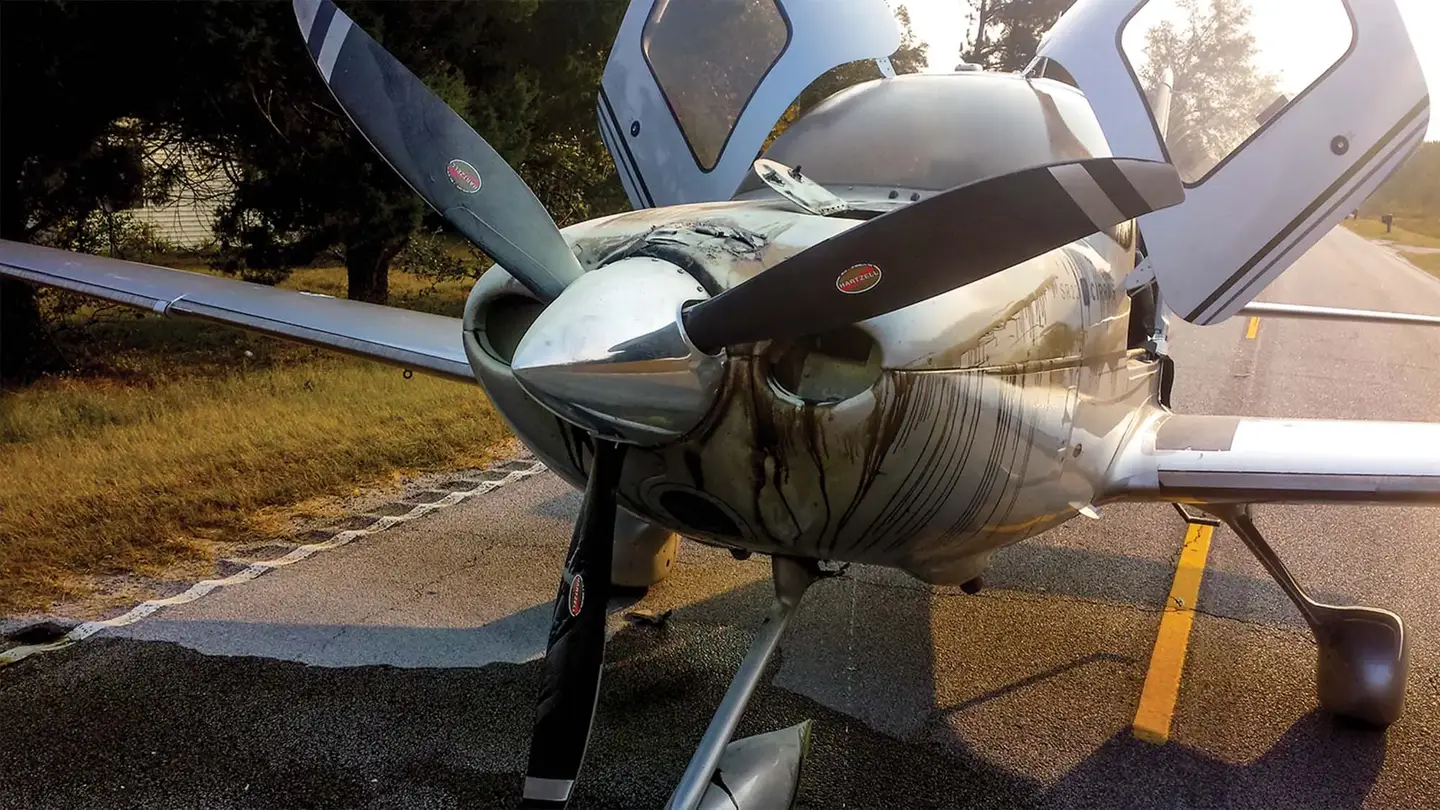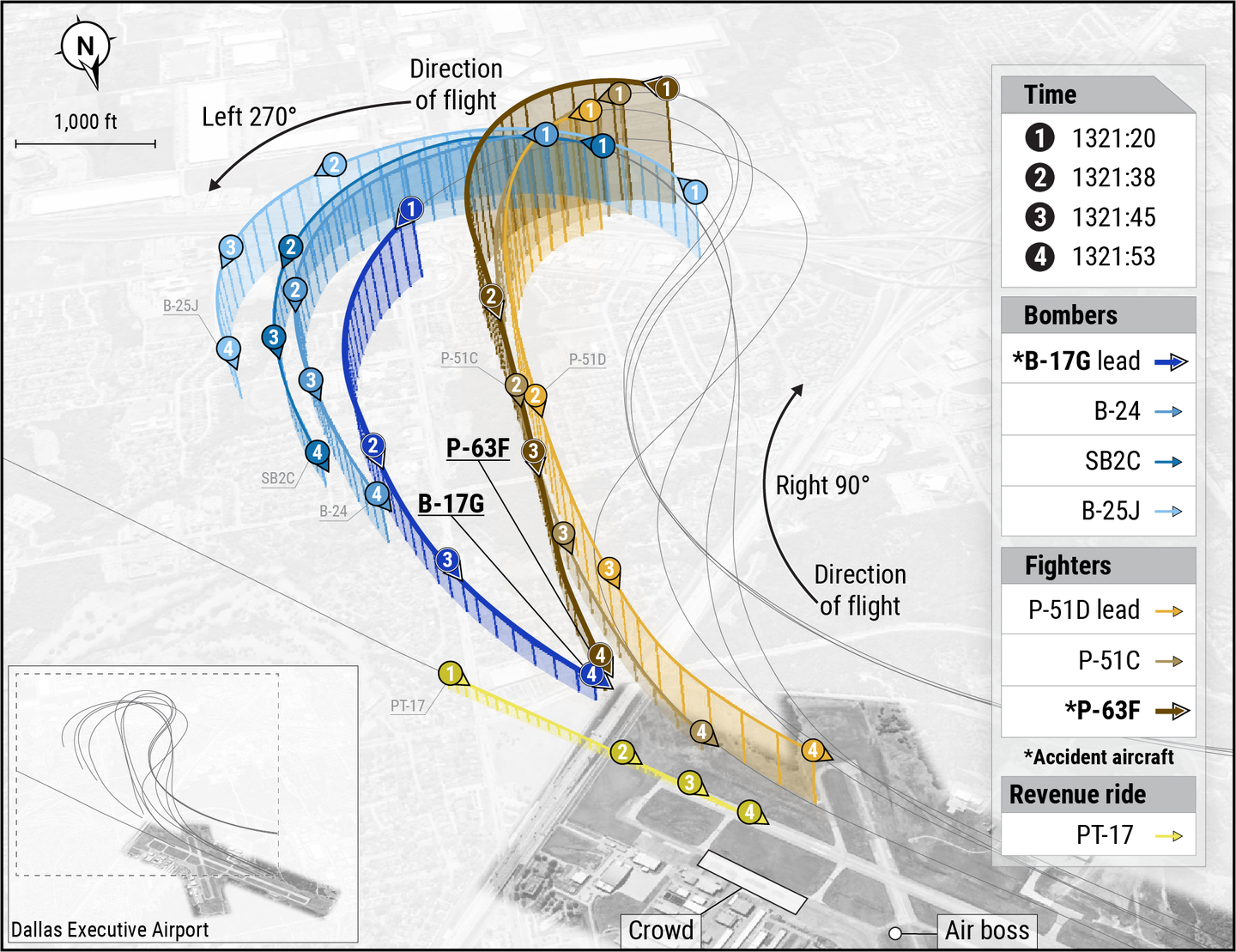General Aviation Accident Bulletin
AVweb’s General Aviation Accident Bulletin is taken from the pages of our sister publication, Aviation Safety magazine. All the reports listed here are preliminary and include only initial factual findings…

Aviation Safety Accident Bulletin
AVweb's General Aviation Accident Bulletin is taken from the pages of our sister publication, Aviation Safety magazine. All the reports listed here are preliminary and include only initial factual findings about crashes. You can learn more about the final probable cause on the NTSB's website at www.ntsb.gov. Final reports appear about a year after the accident, although some take longer. Find out more about Aviation Safety at www.aviationsafetymagazine.com.
March 3, 2020, Hill City, Minn.
Cessna P206 Super Skylane
During a flight review, the instructor asked the pilot to fly a visual approach and execute a go-around. However, the airplane became “too low and too slow.” The landing gear contacted the snow-covered runway as engine power was being added and the airplane nosed over. The airplane sustained substantial damage to its left wing. The airport was closed during winter months and a Notam was in effect advising that the runway was closed from early December through mid-May.
March 3, 2020, Madison, Ind.
Cessna 172N Skyhawk
While making a visual approach to Runway 21, the instructor took the controls to land the airplane, which was configured with “minimal flaps” due to the gusting crosswind conditions. During landing, the wind shifted from a quartering headwind, to a direct crosswind. The airplane bounced on touchdown and subsequently exited the right side of the runway, entered soft mud and nosed over, sustaining substantial damage to its left wing strut. Winds were from 260 degrees at 17 knots, gusting to 25 knots.
March 3, 2020, Lincoln, Ill.
Cessna 172S Skyhawk SP
At about 0847 Central time, the airplane was destroyed when it struck terrain during an aerial survey flight. The airline transport pilot and two passengers were fatally injured. Visual conditions prevailed.
After transiting to the area to be surveyed, track data show the airplane entering a right-hand descending turn and orbiting around a heavily wooded area. During the turn, the airplane lost altitude and groundspeed before the track data was lost at 0846. The recorded position showed the airplane at about 1075 feet MSL, at an estimated ground speed of 50 knots. Post-accident examination of the aircraft found no preimpact mechanical malfunctions or failures, nor did it reveal evidence of a bird strike or snarge. A review of weather data found no evidence of low-level wind shear near the accident site at the airplane’s altitude.
March 3, 2020, Bishop, GA
Piper PA-46-310P Malibu
The airplane was destroyed at about 1634 Eastern time after it flew into an area of convective activity. The pilot and two passengers were fatally injured. Instrument conditions prevailed; an IFR flight plan had been filed.
At about 1630, while maneuvering to transit north of Atlanta’s airspace, ATC gave the flight a heading to fly, which the pilot advised was directly toward a convective cell that was “pretty big.” The controller explained that he would be turning him north through an area radar depicted as light precipitation, or the flight would have to be rerouted to the south of Atlanta. At about 1633, when the controller asked about flight conditions were, the pilot responded, “Rain.” There were no further transmissions from the pilot; the airplane’s radar returns ended at the western edge of an east-west-oriented line of severe thunderstorms and rain showers.
A witness heard engine noise and then saw the airplane spinning toward the ground in a nose-low attitude until it disappeared from sight. The witness also stated he observed scattered rain showers in the area, with the cloud bases at about 2500 to 3000 feet. There was no lightning or thunder. The fuselage, wings, empennage and airframe components were located along a ½-mile-long debris path.
This article originally appeared in the June 2020 issue of Aviation Safety magazine.
For more great content like this, subscribe to Aviation Safety!






